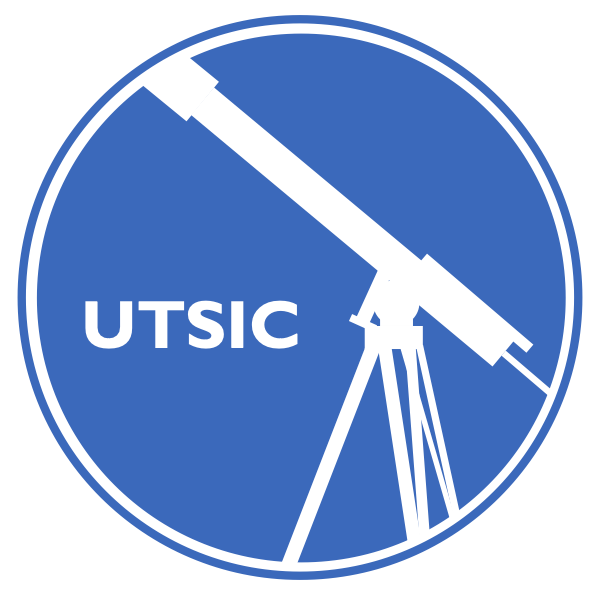A scale model of a large scientific apparatus set on a wood-patterned base. Elements of the apparatus are mounted to the base with screws. These elements are likely made of cast metal. The model features a large cylindrical element at its centre. One human figure is provided for scale. A second figure, positioned in front of a control console, appears to be missing.
A paper note reading “A Gift from the Family of Kenneth H. Purser” is attached to the bottom left corner of the model.
Accession Number: 2019.ph.853
12 – Mev EN Tandem Van de Graaff Accelerator Model.
Primary Materials: Metal, Wood.
A clear plaque attached to the lower right quadrant of the model reads: “12 – Mev TANDEM Van de Graaff ACCELERATOR// 2 – stage MODEL EN 0.5 µa Protons Minimum// Migh Voltage Engineering Corp. // Burlington, Massachusetts”
A note that reads: “A Gift from the Family of Kenneth H. Purser” is attached to the lower left corner of the top surface.
Dimensions (cm): Height = 10, Width = 28, Length = 63.5.
This is a scale representation of an apparatus used in high energy physics experiments. This model was likely created for commercial purposes.
Very Good: All major components of the model appear to be present. A second human figure was likely located in front of the control console. Only the very bottom of this figure is still present. The main cylindrical body of the accelerator is somewhat loose in its mounting.
There are minor chips to the paint of the various metal components. The surface of the veneer of the base is slightly scuffed, particularly at one point on the right upper surface.
Associated Instruments:
High Voltage Engineering Corp. Burlington, Mass. USA
Date of Manufacture: c. early 1960s.
This model was likely built as a sales demo in the early 1960s.
This item belonged to Kenneth H. Purser (1929 – 2018). It was likely acquired during his career as an accelerator physicist at the High Voltage Engineering Corporation (HVEC). It may have been given to him by Charles H. (Charlie) Goldie, who also worked at HVEC, when Goldie retired in the 1990s.
The model was given to the University of Toronto in November of 2019 by Susan Purser, daughter of Kenneth H. Purser.
Additional Information and References:
The EN accelerator was the first tandem model built by High Voltage Engineering (HVEC), in Massachusetts. HVEC was founded in 1946 by Robert J. Van de Graaff (1901 to `1967) and John G. Trump (1907-1985). The company became a leading supplier of Van de Graff generators for medicine, industrial radiography, and nuclear research.
The first of the EN tandem accelerator model line was installed in Chalk River, Ontario in 1959.
Ken Purser, who worked at HVEC, was among a group of nuclear physicists who realized the potential application of tandem accelerators to radiocarbon dating, thus founding the field of Accelerator Mass Spectrometry (AMS). Purser was key to the development of the ion sources that made the process possible,
Also among the group that developed AMS, were Harry Gove, head of the laboratory at Rochester, NY where the first measurements of C14 using AMS were performed in 1977, and Ted Litherland, who also contributed to the key experiments.
Ted Litherland had worked on the EN accelerator at Chalk River, and later came to the University of Toronto in 1966. Beginning in 1982, he led the ISOTRACE (ISOTope and Rare Atom Counting Equipment) AMS laboratory at the University of Toronto Department of Physics that used a later tandem accelerator in this line.
- Donated to UTSIC
